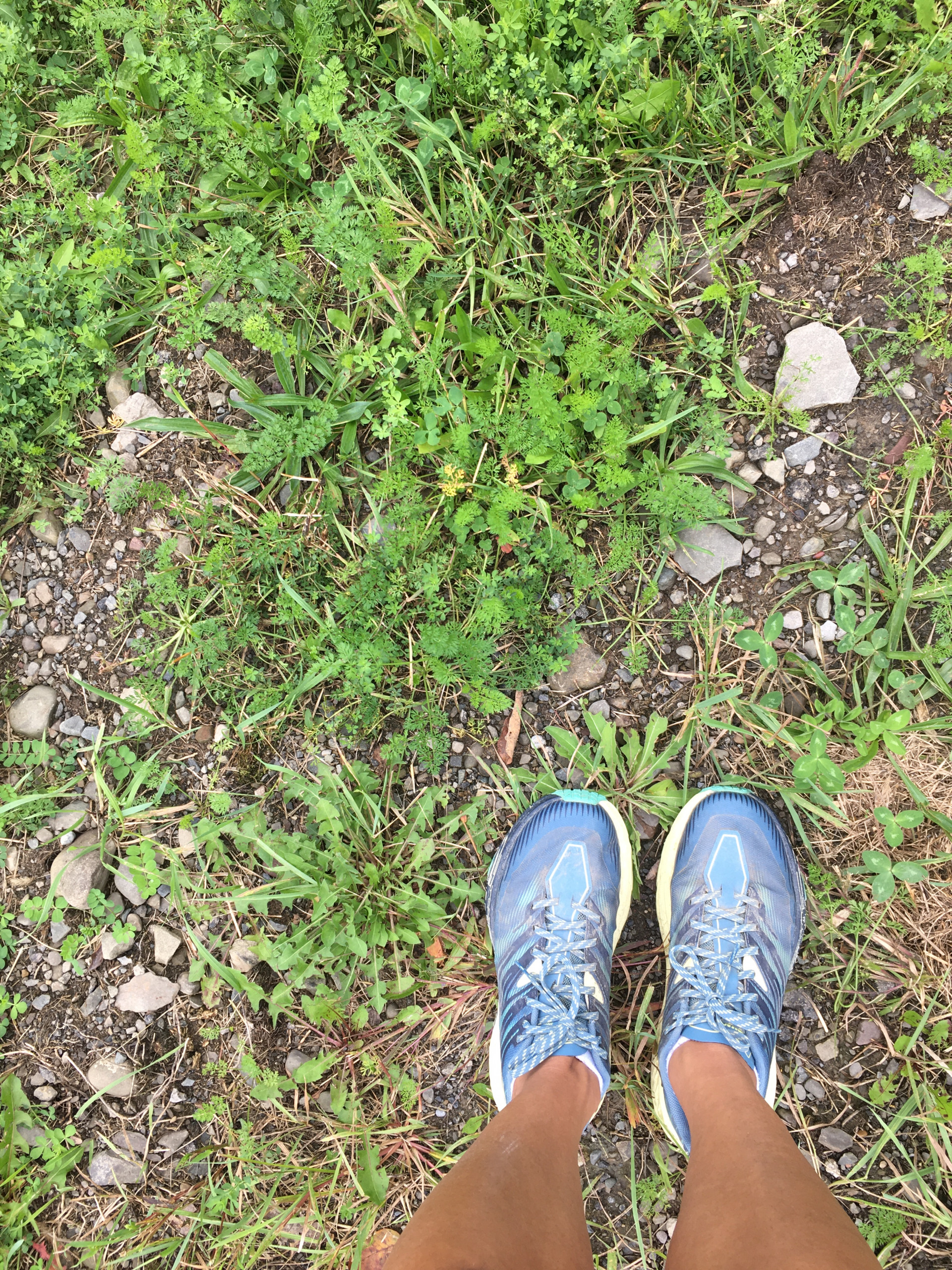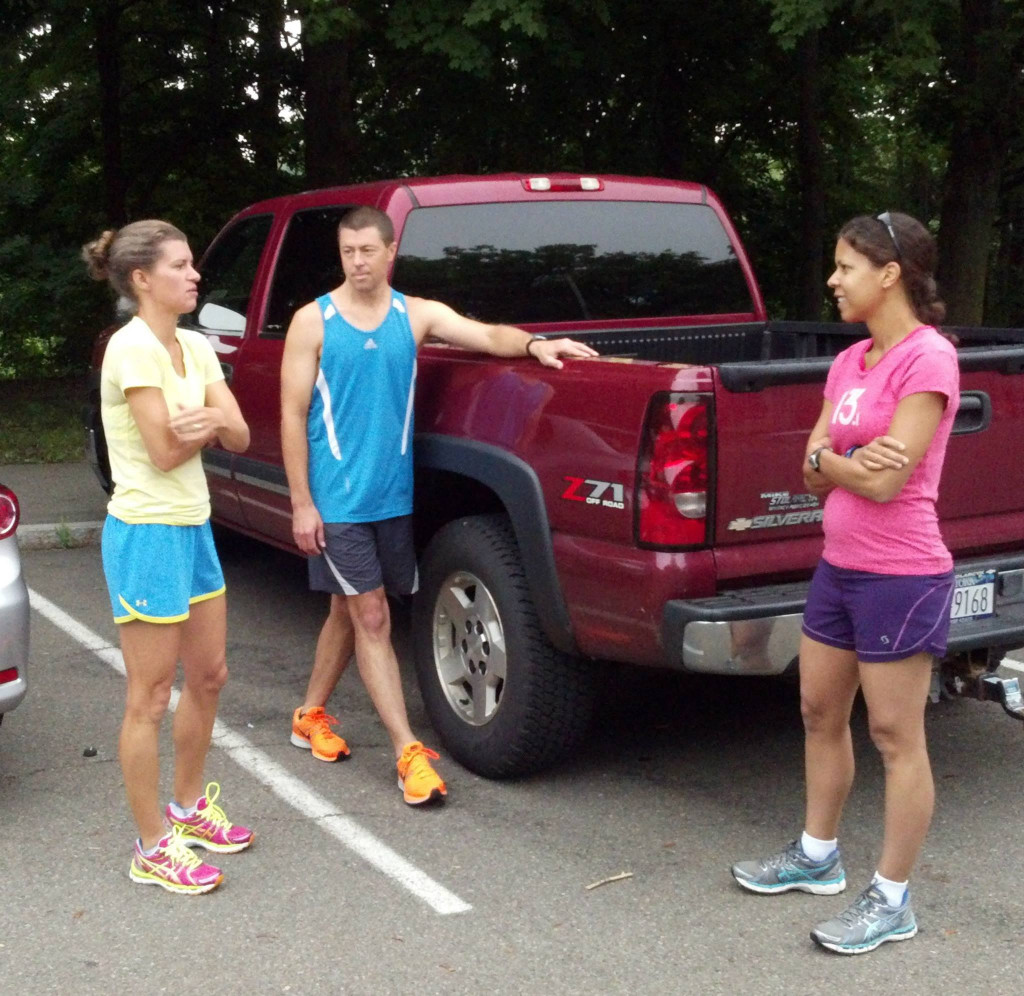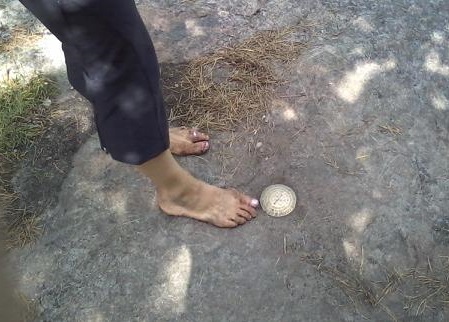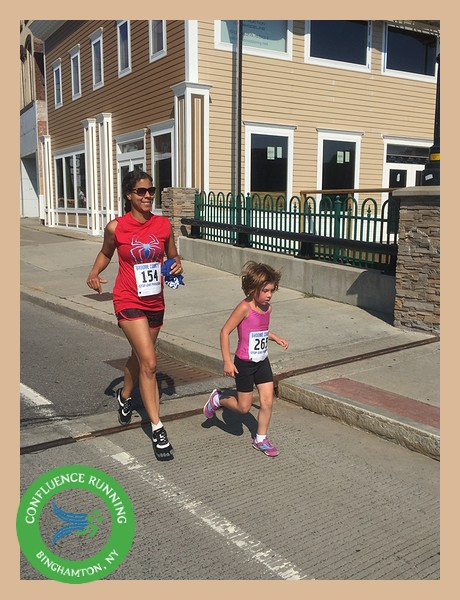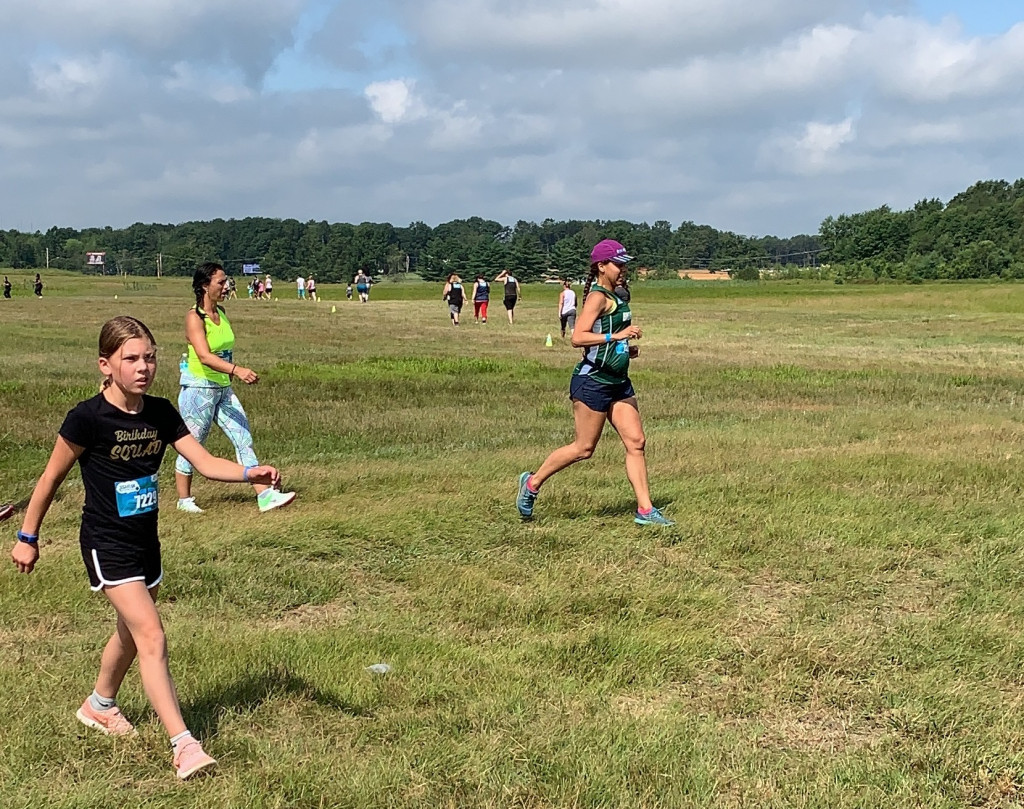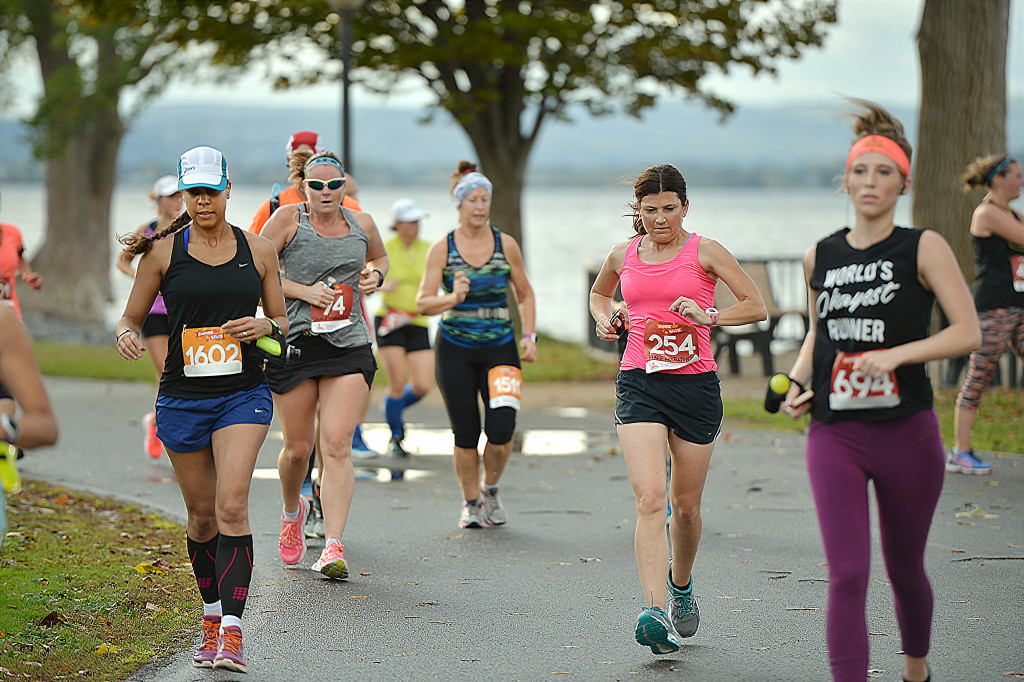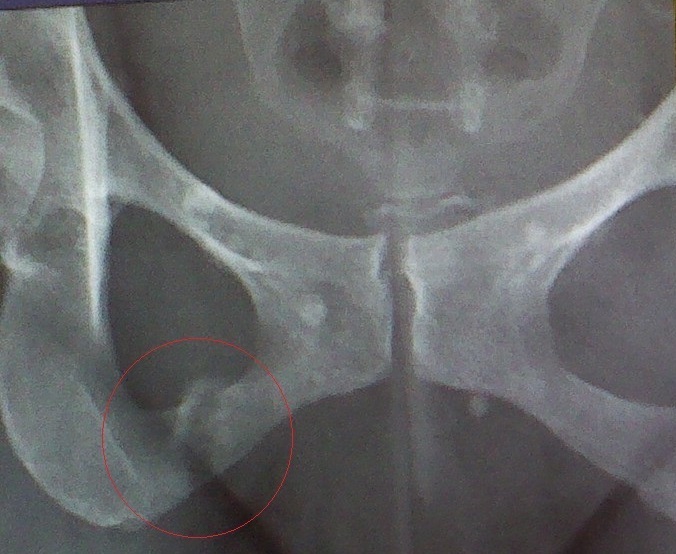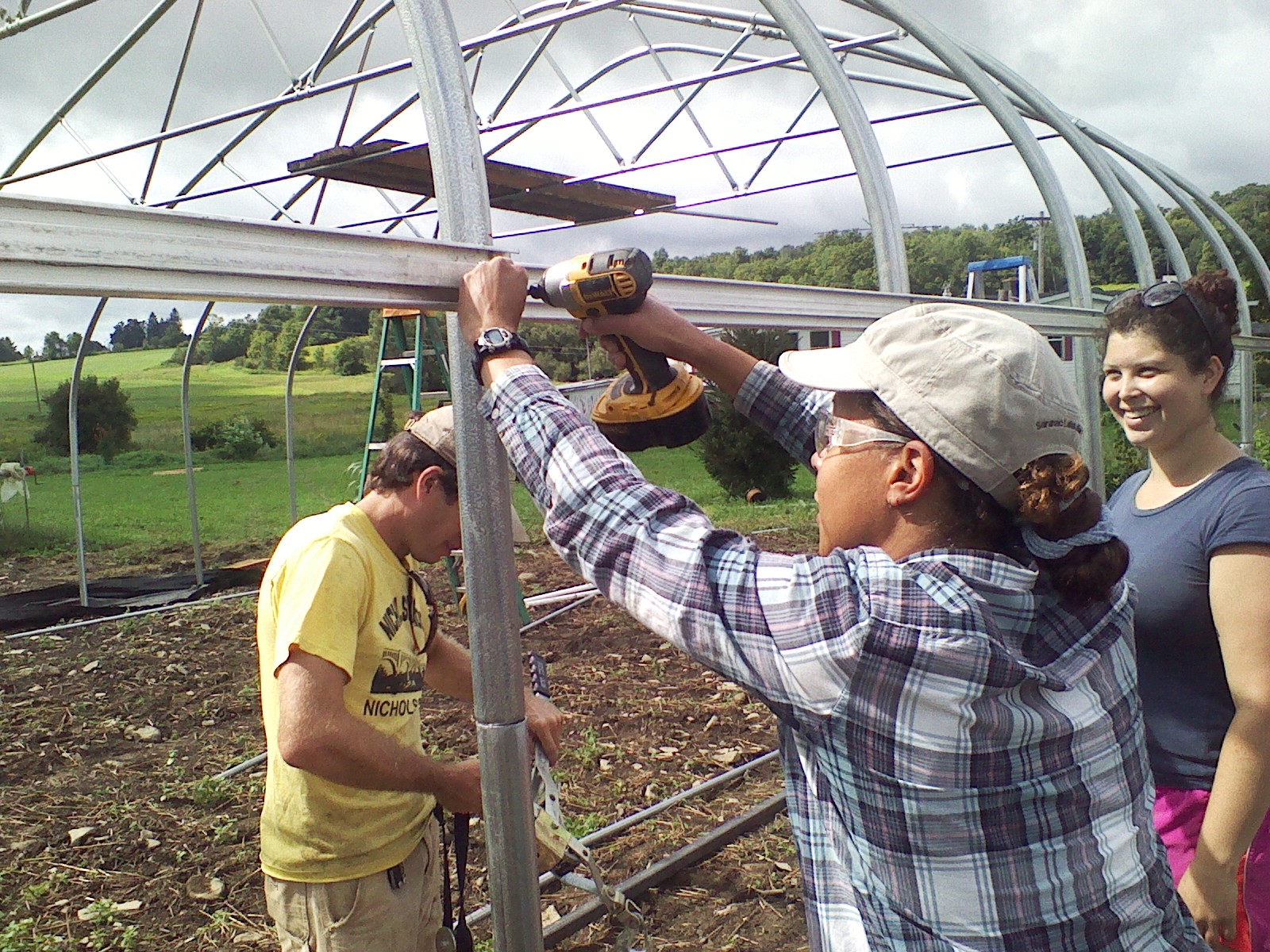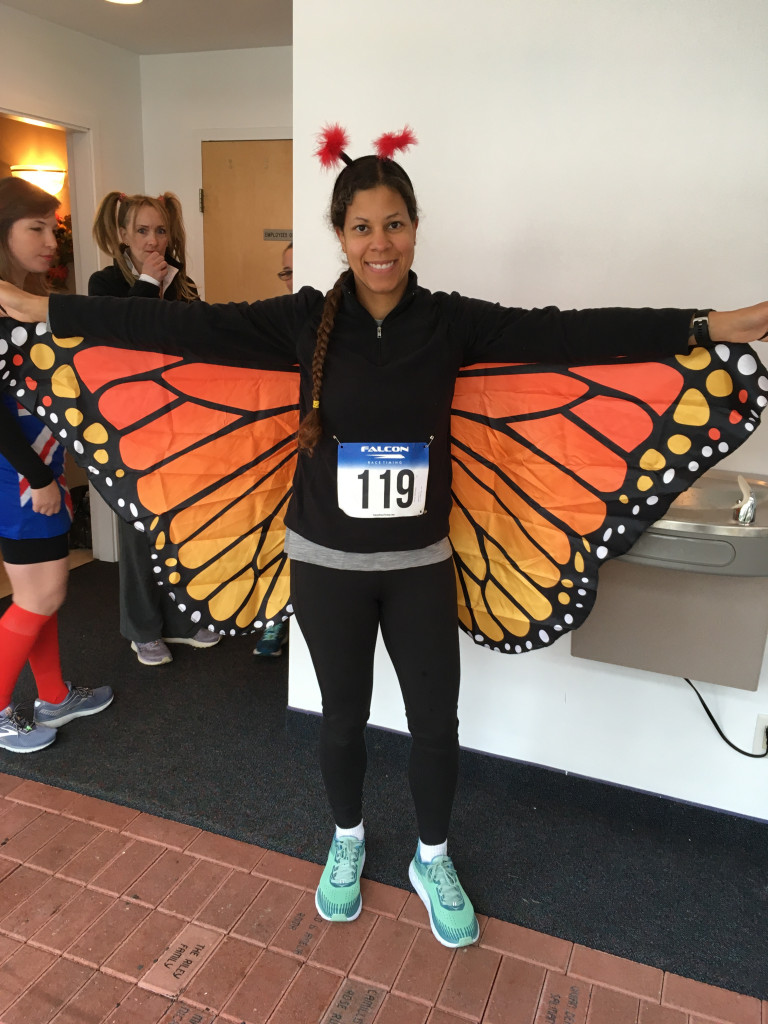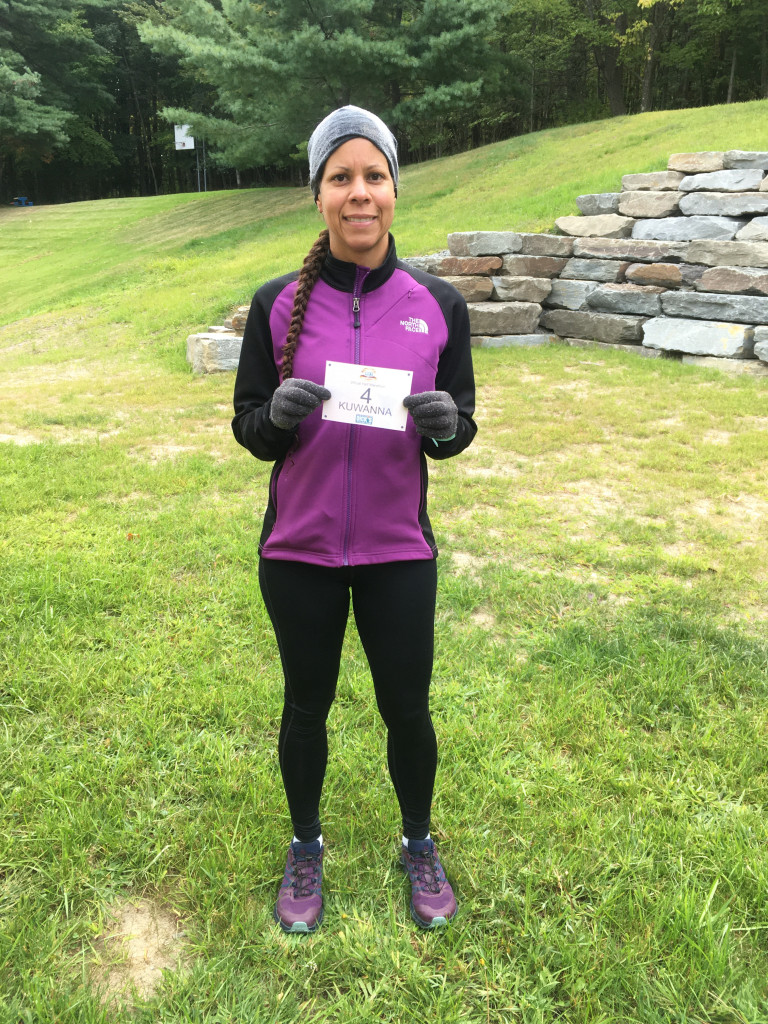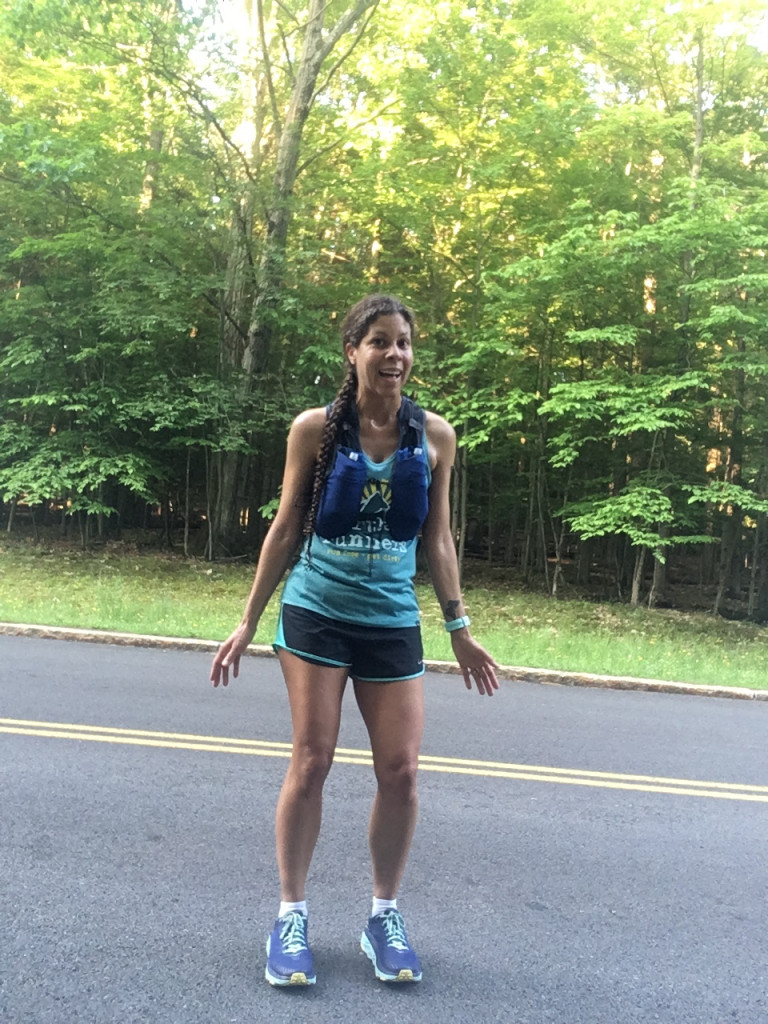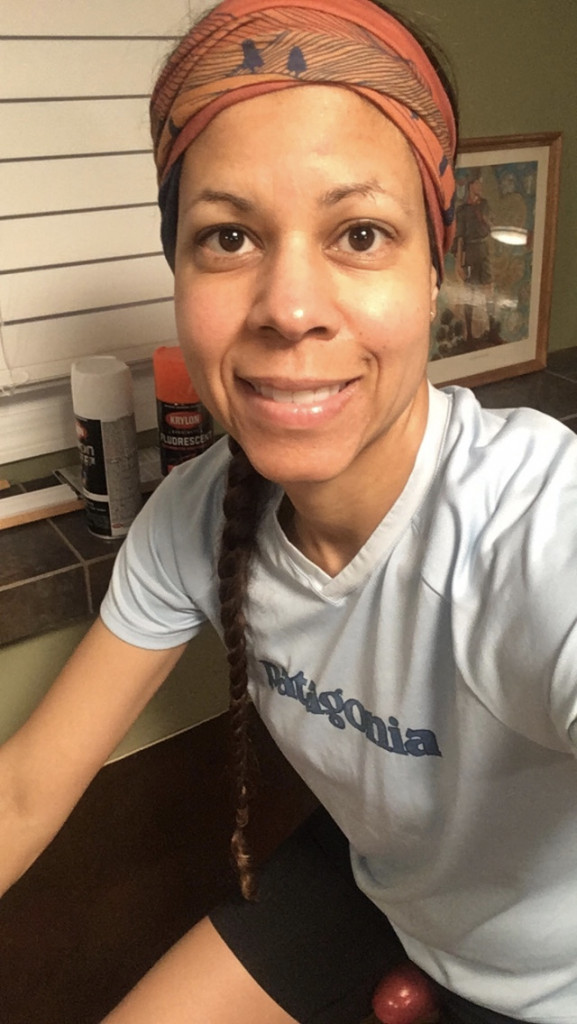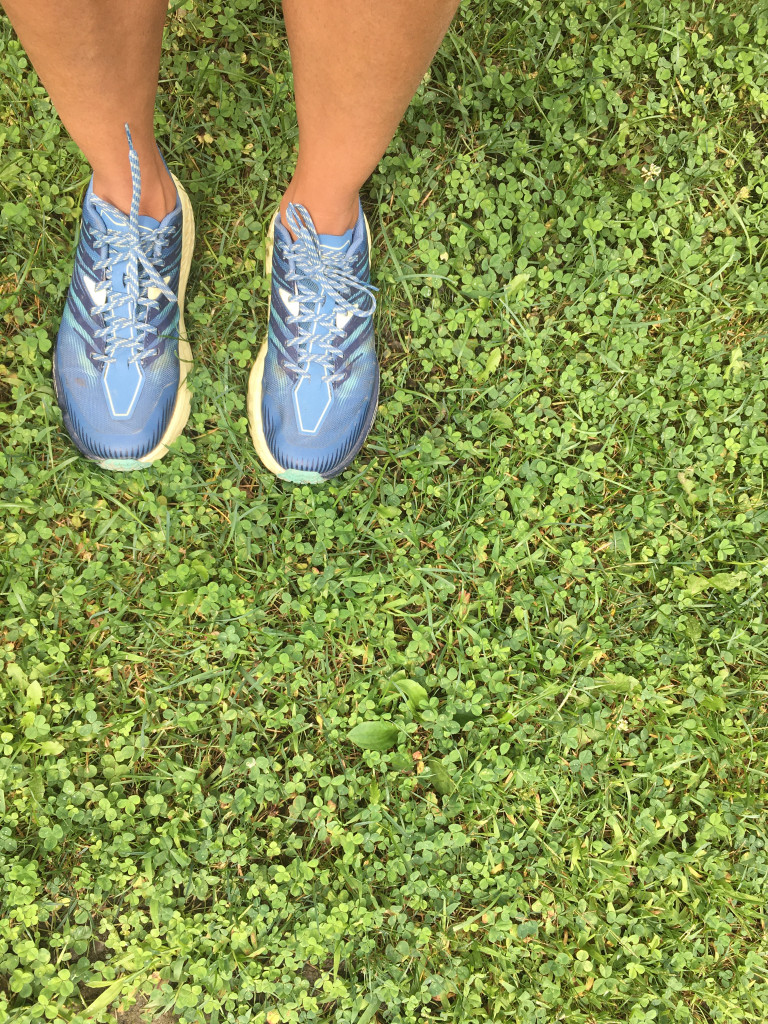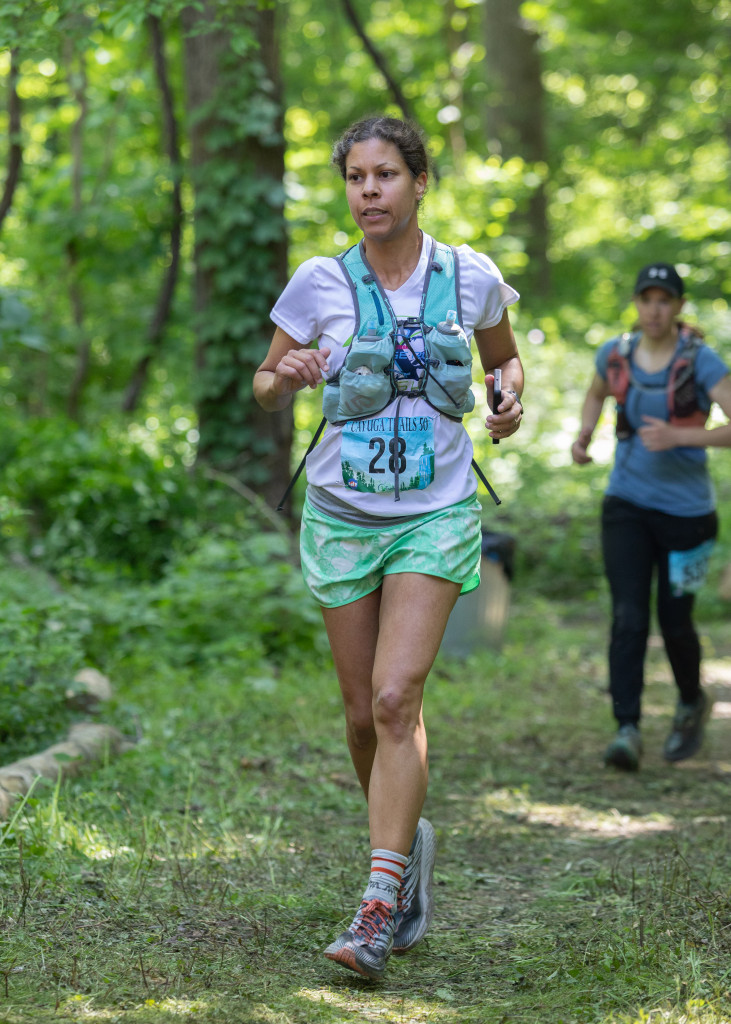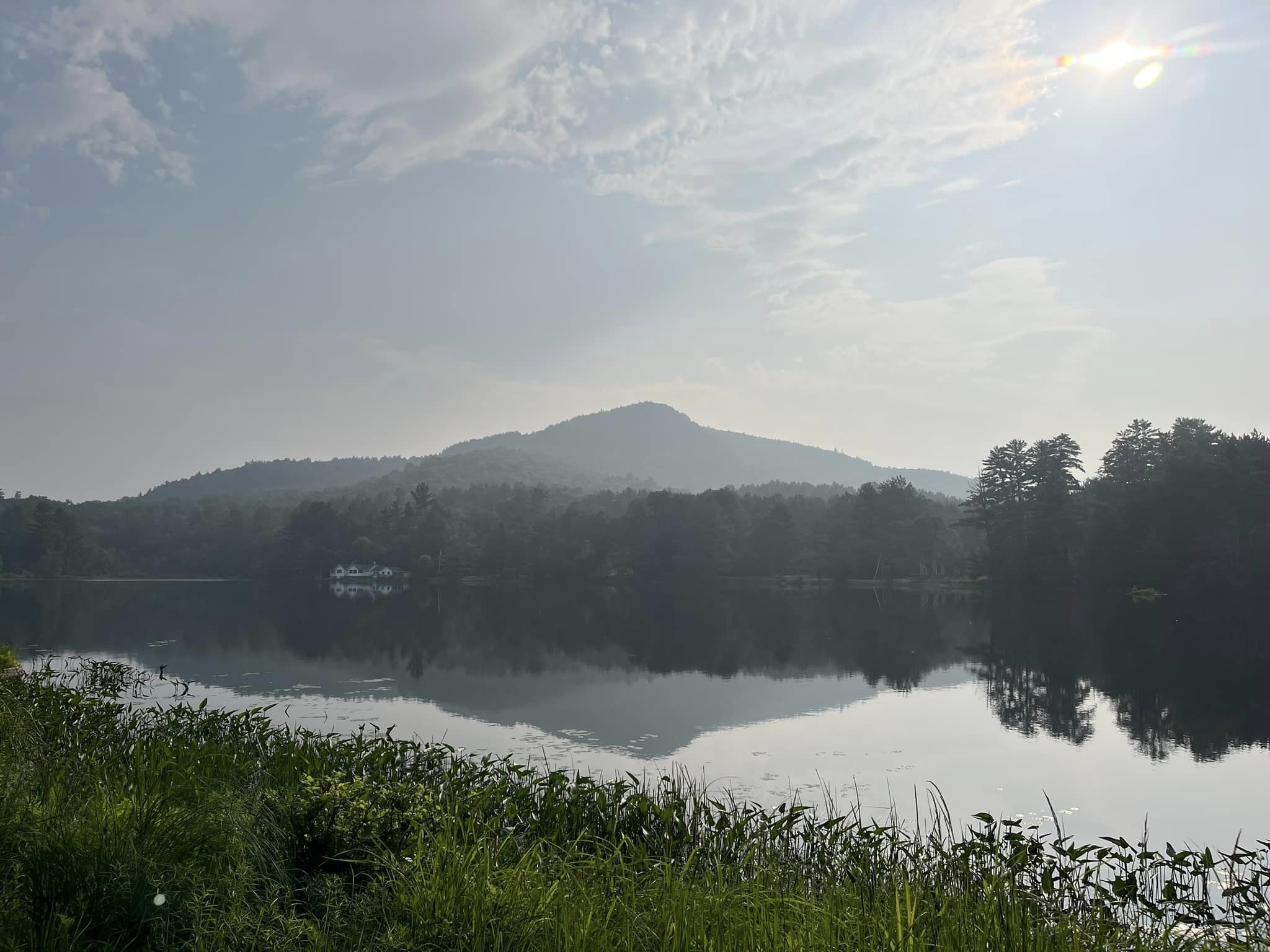If the Shoe Fits…
So many of us find bliss on the trails, and we spend many hours traveling on our own two feet. Our feet are the first point of contact between the ground and our state of euphoria, so naturally it becomes important to consider which shoes you select to carry you on your adventures.
When we see other runners who we admire, we may be curious to know what shoes they are wearing. My own journey has been an evolution of sorts, initially learning of shoes through changes in my running style, by considering runners I look up to, and ultimately by discovering what works best for my body through a series of thrift purchases, gear swaps, and plenty of trial and error.
My intent in writing this article is to summarize my experiences with many different types of shoes and understanding my own biomechanics over numerous years, and share all that I’ve learned in the process. Thrifting and trading has helped to keep costs a down some, but we all recognize that shoes can be a pricey (but critical) part of our sport. Maybe I can save a few readers a few dollars by sharing what I’ve learned in this space.
How it started…
When I run, I land on my forefeet, and though I originated as a sprinter and forefoot striker, I would spend a quarter of a century landing on my heels before I rediscovered my running roots. For me, that part of the story began when I joined the cross country team during my sophomore year of high school. Other than volunteering to run the mile in junior high, I was new to formalized and structured running. The mens coach took one look at my running form at practice one day and “explained” that this was not correct, and that I should land on my heels when I run. “Like this…” as she proceeded to demonstrate. Looking back and knowing what I know now, I’m floored that a coach would suggest that to an athlete. But times were different. The sport of running, and all that we’ve learned about the sport, have grown by leaps and bounds over the years.
What I have learned about the sport has also grown by leaps and bounds over the years. Few coaches seemed concerned with my wearing the same shoes over three seasons, no more than having converted me to landing my footfalls in a manner that was unnatural to me. Needless to say, shin splints would plague me my senior year and cost me the last slot to the state championships by one position. And shin splints would continue to plague me on occasion over the course of two decades.
Fast forward to my late 30s…enter barefoot running
In 2015, I began the PhD program at Binghamton University and one of my still closest friends and fellow PhD student, James, was a cyclist, and I found myself intrigued by his stories about his century rides. It sounded amazing to travel that far with your own body… I was also intrigued by the fact that he was always barefoot at school and when I’d see him running on campus with a mutual friend, he’d be running barefoot. Along with being converted to heel striking, I had been schooled that I needed stability shoes because I “overpronated.” So the Asics Gel Kayano 13s were my go-to shoe. Like many athletes, I believed that running pounded our bodies so even short runs required adequate padding underfoot. Yet, here was a friend running in just his bare feet. This is when I began to learn more about “minimalist” running shoes, the benefits, and running in bare feet.
And like everyone else, I read the book Born to Run. And that sealed the deal for me…at least, for a time.
Like James, I began to spend more time in my bare feet at school, even attending family gatherings and my daughters’ school events in bare feet (note: this would absolutely not fly now with my two teenage daughters!). And at my peak of exploring a barefoot lifestyle, I hiked to the top of Baker Mountain in Saranac Lake with my SIL…barefoot. My mileages were already low, but I dropped my runs down to ~5K as I transitioned to running in Merrell Bare Access, Vibram Fivefingers, and occasionally my bare feet. The latter proved more challenging, less because of the pounding and more because my skin, having been protected from stones, twigs, and other painful minutiae since I was a year old, simply were not accustomed to coming in contact with said stones, twigs, and other rather painful minutiae. Needless to say, I loved my Vibram Fivefingers.
This phase would prove to be temporary but it taught me so much, and in the process of exploring with my bare feet, I was able to restrengthen them. Following my second pregnancy, I found my previously high arches had started to fall, no longer supporting me as they once had. I couldn’t quite figure out why. A year of barefoot running strengthened and raised my falling arches, and taught me more about foot health. We often focus on strengthening our legs, lungs, core, even upper body. Yet how many of us pay any attention to our feet, other than popping occasional blisters?
Taking the plunge and adding more cushion…
After a few years of on-again off-again running, in 2017 I began running more half marathons, and was spending more time in my Merrell Bare Access shoes. But at these slightly higher distances, I soon discovered that the minimalist soles were not supporting MY body enough. As a result, I had quite a bit of lower leg pain and found that I needed to wear compression calf sleeves to alleviate the discomfort. After a few months and much thought, I learned about Altras, which offered the zero drop I was after, but boasted several shoe models with several levels of cushioning to choose from. Reluctantly I gave into the notion of a little more cushion, and I settled on the Altra One v.3, which provided just enough added cushion to help relieve some of the lower calf discomfort. But I still needed the calf compression sleeves. On September 24th, I would run my first ever marathon and just two weeks later, on October 8th, I’d run my second. Both were completed in the Altra One v.3, which I would stockpile and continue running in, until my injury in February 2018.
In February 4, 2018, on Superbowl Sunday, I suffered a complete transverse fracture of my right inferior pubic ramus while on a run. I left the house feeling great but, after returning, struggled to even walk. After a month in pain, but convinced it was just a “groin injury,” an MRI revealed the fracture (my ortho suspected a hairline so recommended against x-ray for the imaging) and a bone scan revealed lower-than-ideal bone density: I was bordering on ostepenia (more on injuries in a future article). Fully accepting that I was fully broken at that moment, my thoughts immediately turned from running again to fully recovering. And other than shuffling the girls’ schools’ 5K in June, I spent the summer working on a farm and the fall focusing on completing my PhD. I promised myself I would return to running the week I handed my dissertation to my committee. And, in April 2019, as promised, I did just that.
Upon my return, I reached for the Altras I last ran in, and after a couple of months (Apr-May 2019) decided to add a little more cushioning with the Altra Torin Plush (May-Jun 2019). But like Goldilocks in the baby bed, this was way too plush for me…not to mention too tall with a too narrow base. So then it was back to my old Merrell Bare Access from Jun-Aug 2019 but returning to those meant a return to sore lower legs. Finally, I spent a couple months in a fresh, stockpiled pair of Altra One v.3 (Aug-Sep 2019).
Taking the plunge and increasing shoe drop…
By late summer, I began to question my injury further and consider anything else that may have contributed to it, in addition to low bone density. I was beginning to question whether zero drop was working for me, and I wanted to deal with the source of lower leg soreness and finally lose the need for calf compression. I started to read more about shoe stack height and drop, and I learned that generally, lower shoe drops load the lower regions of our lower limbs more (feet, ankles, lower legs), whereas higher shoe drops load the upper regions more (knees, hips). And, generally, heel strikers benefit from higher shoe drops, whereas forefoot strikers benefit from lower shoe drops.
Again, somewhat reluctantly (call me a purist), I made the decision to increase my shoe drop from 0 mm to 4 mm, and would spend the next few seasons (Sep 2019-Apr 2020) in the Hoka Clifton 5. In the process of increasing the shoe drop to 4 mm, my lower leg soreness disappeared seemingly overnight, and I found that I no longer needed calf compression sleeves. The only caveat was that this Hoka model was taller and narrower than I was accustomed to in a running shoe, and I found that my ankle wanted to roll more, which was new to me. But the shoes carried me on many enjoyable runs through the winter season, finally free of any lower leg discomfort.
What would Courtney do?
By 2020 I had heard about a sport called ultrarunning, and like most other athletes in this sport, by the spring I had heard about an ultrarunner named Courtney Dewaulter who was (and still is) doing amazing things in the sport. I was intrigued by her story and began to wonder, what was Courtney wearing as she was constantly crushing? In one of her interviews, she spoke of wearing the Salomon Ultra/Pro and Salomon Sense Ride trail running shoes, and I decided that I, too, would now run in some Salomons. I ran in my first pair of thrifted Salomon Sense Ride 2 shoes from Apr-Jun 2020, then spent the summer (Jun-Sep 2020) in a pair of Brooks Ghost 11 from the DSG clearance rack. While these were cushioned and familiar to me like my old Asics, they simply had way too much heel drop for me, resulting in my first ever flare-up of knee bursitis. So, after that, I returned to the Sense Ride 2 and would continue in those from Sep 2020-Jan 2021. And over a period of months, the knee bursitis gradually subsided on its own.
I LOVED the Salomon Sense Rides. I was discovering that trail shoes offer great traction on the roads in winter and are warmer on your feet. And I loved the ride of the Sense Rides. However, I spent much of 2020 running self-supported marathons and also my first 50K, and beyond ~18 miles found that my hips and upper legs hurt. A LOT. They ached, and the pain went into my knees. I had never experienced anything like it before.
In January 2021, I would discover that IT band flares were the source of this discomfort, with a self-supported marathon that month finally resulting in a formal flare up of my right IT band. This pain would now plague me on all runs, and once it started up after a few miles, the level of discomfort and tightness would literally stop me in my tracks. I’d be forced into a walk for a few steps before being able to walk-shuffle home. And this would persist for months.
Backing off the shoe drop some, as I continue to learn…
The scientist in me started investigating again and was reminded how higher shoe drops load the hips more… At 8 mm, the Salomon Sense Rides appeared to be too much for my biomechanics. That was my hypothesis anyway, but was proven correct when I ultimately found relief by switching to a thrifted Hoka Challenger ATR 5, with only 5 mm of drop. This decrease in shoe drop, combined with several weeks of easy runs, extra rest days, cross training on the bike, and light rehab, untimately corrected the flare up and by June, I ran a self-supported 50K, pain-free. I would run in the Challengers from Feb-May 2021, and they helped me recover from my IT band issues. Unfortunately, however, I did find this shoe stack also to be quite tall and narrow, which caused me to roll my ankles more than I did, when I previously wore the Cliftons. So it was back to the drawing board (i.e., researching shoe models)…
I was learning a lot but feeling a little desperate for that EASY button…do they even make one for running shoes?
Enter…the Hoka Speedgoat 4
I first discovered the Hoka Speedgoat 4 when someone offered them to me as a trade for another item I was looking to gift, in the Dirtbag Runners gifting/no-buy group on Facebook. I had heard great things about the Speedgoats and though I was a little deterred by the stack height, their 4 mm drop sounded appealing and I decided to take them, just in case. After receiving them in May 2021, I ran in them once but found them to be hot and plush and way too bouncy. So I stored them in my closet, and in June 2021 wore my Challengers to train for and complete my third self-supported 50K. In July 2021, I wore my Challengers to train for and complete my first self-supported 50-miler. The ankle rolling was under control, as long as I was on a flat surface and not daydreaming too much. However, by August 2021, I was ready for a lower stack. I wanted something with more ground feel and stability than the Challengers, though they had served me well and helped me significantly, so I decided to try the Hoka Torrent 2 (also 5 mm drop).
Unfortunately, over the course of an attempted self supported 100K, they would trash my feet. The local park where I was running closed and because I had slowed so much while in the foot pain cave, I was only able to complete 95K before park employees informed me that the gates were closing. I believe the Hoka Torrents are good shoes, but they were just not enough support for my feet on the hot asphalt. It took a month for my feet to fully recover and I had to move on from the shoe. In the recovery process, I decided to try the gifted Speedgoats once more. And this time, something clicked. Suddenly, the plush felt soothing on my battered feet and was more forgiving as I ran, allowing my feet to continue healing over the rest of the month.
In September 2021, I ran the Pine Creek Challenge 100K in my gifted Speedgoats and, for me, the shoes were a game changer. On the Speedgoats, the tall stack height is combined with a wider base, and though you still have to be careful about rolling your ankle, the wide base minimizes the tendency for this to happen. Other than a few brief stints in other shoes, I have been in the Hoka Speedgoat 4 since August 2021 and I am currently in my 5th pair. I have since run races such as the Cayuga Trails 50-miler, Marshak Whiteface Mountain Race, 2/3 of the Twisted Branch 100K, and the Virgil Crest 50-miler, in the Hoka Speedgoat 4.
At this point in my journey, I love the Speedgoat 4 and I have a few pairs stockpiled for 2023. They have been very good to me and I can get more than 600 miles of running from each pair. At a 4 mm heel drop, they work well for my biomechanics, as I have found through much trial and error, that a 4-5 mm shoe drop really is the sweet spot for me.
Other shoes I’ve tried…
1. Saucony Excursion TR13 – 8 mm drop (Jan-Feb 2020)
⦁ not supportive enough
⦁ drop would ultimately be too high for me
2. Altra Lone Peak 5 – 0 mm drop (Apr 2021)
⦁ great traction but too short for my toes
⦁ not convinced zero drop is good for me
3. Altra Superior 4 – 0 mm drop (May 2021)
⦁ poor traction on local trails and wood boardwalks when wet
⦁ low back and abs were sore for months after a few runs
4. La Sportiva Bushido II – 6 mm (Jun 2021)
⦁ too short for my toes
⦁ just not a favorite
5. Salomon Ultra Glide – 6 mm (Feb-Apr 2022)
⦁ cushioned and supportive
⦁ hip and IT band discomfort in the Ridge Rumble 50K
⦁ excellent shoe but drop is still too high for me
6. Topo Terraventure 3 – 3mm (Apr 2022)
⦁ lower legs began to ache after several runs
⦁ drop is still too low for me
These are all great shoes but just didn’t work for my body. I think it’s important to remember that we are all built differently, and we all run differently, so what works for one athlete simply may not work for another. So I am in no way advocating any specific shoe. We can use articles, books, studies, and advice to help guide us, but ultimately we need to decide for ourselves what works best for our bodies and our own biomechanics.
That said…if Salomon would make a Sense Ride-like shoe with only 4-5 mm of drop, I might just be tempted to try them out once more. But only then, as with anything less than 3 mm, my lower legs ache, and with anything more than 5 mm, my IT band and hips start talking just a little too much.
And the hips don’t lie.
Add Comment
You must be logged in to post a comment.


